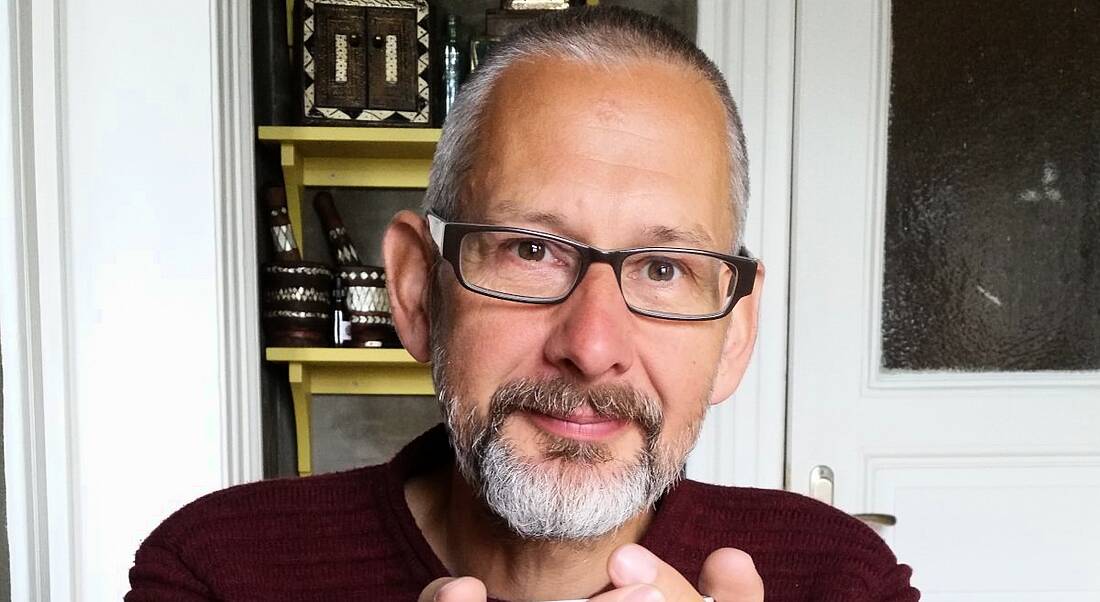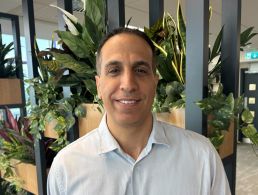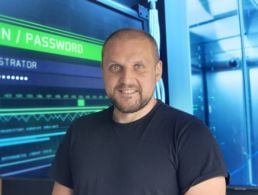Workhuman’s Ben Klaasen discusses his experience as a software tester, how things have changed in tech and what he enjoys most about his role.
At Workhuman, Ben Klaasen’s role as a software tester is to make the company’s existing tech stack more testable and observable.
He aims to improve the speed and reliability of existing automated test harnesses and apply modern testing tools and techniques.
“These empower our manual testers to be able to do better tool-assisted exploratory testing and cut down on busywork,” he said. “It’s a long-running, multi-pronged approach, working collaboratively across our technology teams.”
‘Asking questions to shine lights in forgotten corners is a core tester skill’
– BEN KLAASEN
If there is such a thing, can you describe a typical day in the job?
I think I can say on behalf of everyone at Workhuman that no two days are the same. I am extremely grateful to have such autonomy in my role in such a fast-paced environment.
I may be working within my team to hold hands-on testing sessions and help fellow testers to plan their work, or building relationships cross functionally by explaining what modern testing looks like, dispelling myths and presenting new ideas.
What kind of projects do you work on?
My primary project is with the team building the newest generation of our social recognition platform. This is a friendly, web-based tool to allow employees of our clients to publicly recognise each other and to attach a concrete award to that public message.
I love working on our social recognition product because we’re creating a better future for the workplace and beyond. Our technology benefits the lives of more than 5m users globally by keeping them connected and feeling appreciated in work. Being involved in developing this platform is hugely rewarding.
What skills do you use on a daily basis?
I’m a geek at heart. Querying APIs and transforming data with modern Linux tools is part of what I do.
Negotiation is another vitally important skill. One of our core values at Workhuman is ‘respect for all’ and I believe making space for others to speak up so that diverse voices are heard is essential. Asking questions to shine lights in forgotten corners is a core tester skill.
What is the hardest part of your working day?
Working virtually currently poses its own difficulties. It can be hard to manage time during the day for focused work and not get distracted by Slack messages or Zoom calls, yet still make sure that you are maintaining that connectivity with other team members and stakeholders.
Non-verbal cues are also more difficult to pick up on over video, so that means we have to be proactive in asking for feedback and making sure that our message is coming across the right way.
Do you have any productivity tips that help you through the working day?
Our WHFit interest group has kept us all active during the past 15 months so I definitely recommend going for a walk and getting some fresh air. In addition to promoting physical health, it allows some space for you to work through some mental knots and gets you to think more creatively.
Sometimes on my team we do informal calls while we are walking and it definitely helps to keep us connected while still looking after ourselves and our health. Other tips I would have would be to fence off times in your calendar for deep focused work, exit Slack and Outlook, and move away from the computer and scrawl diagrams with pen and paper.
How has your role changed as this sector has grown and evolved?
I’ve been involved in software testing since 1996, so I’ve seen plenty of evolution in that time. Back in the 1990s, there was very little automated testing. The extreme programming revolution around 2000 brought developer testing to the fore in the shape of unit testing.
Us testers, as a professional class, were slow to adapt and made some terrible choices as we learned how to use automated tooling to fill the gaps left by unit testing.
Despite the advances in tooling, there hasn’t been a corresponding degree of improvement in the synthesis or sophistication of thinking about testing. It’s better than it was, but there’s still a gulf between how testing is perceived by non-testers, such as developers and managers, and how it’s actually practised day to day.
Today, testers have the opportunity to improve how we are explaining the performative and qualitative aspects of the work that we do.
The point of automated testing is not to build robust test harnesses (that’s a necessary, but not sufficient, condition), it’s to rapidly determine if there are problems in the system which will cause it to fail, subtly or spectacularly.
What do you enjoy most about the job?
What I enjoy most about the job is the extraordinarily open, collaborative and supportive interaction I have with my peers and teammates on a daily basis. I can trust that everyone I interact with in Workhuman has a shared goal to grow our company and make the workplace more human.
Of course, there are the longstanding challenges to solve, which are exciting and complex. As we scale, we update our tech stack, so making inroads into those to make them more comprehensible, transparent and testable can feel like a real victory.
We practise radical candour. Workhuman has teams composed of people, some of whom started yesterday and some of whom have been here for a decade or since we were founded.
There’s an exceptional level of institutional knowledge available, coupled with an appetite to take calculated risks to make the radical changes necessary to scale our architecture to support the volume of growth that’s occurring.
A young developer, on encountering a gate across their way, may be inclined to sweep it away. But at Workhuman, there are wiser heads who can explain exactly why that gate is there. It’s a tremendous superpower to have these perspectives available simultaneously, and I think we do an excellent job of synthesising them to achieve our goals of building value for the business while protecting our existing investments.




